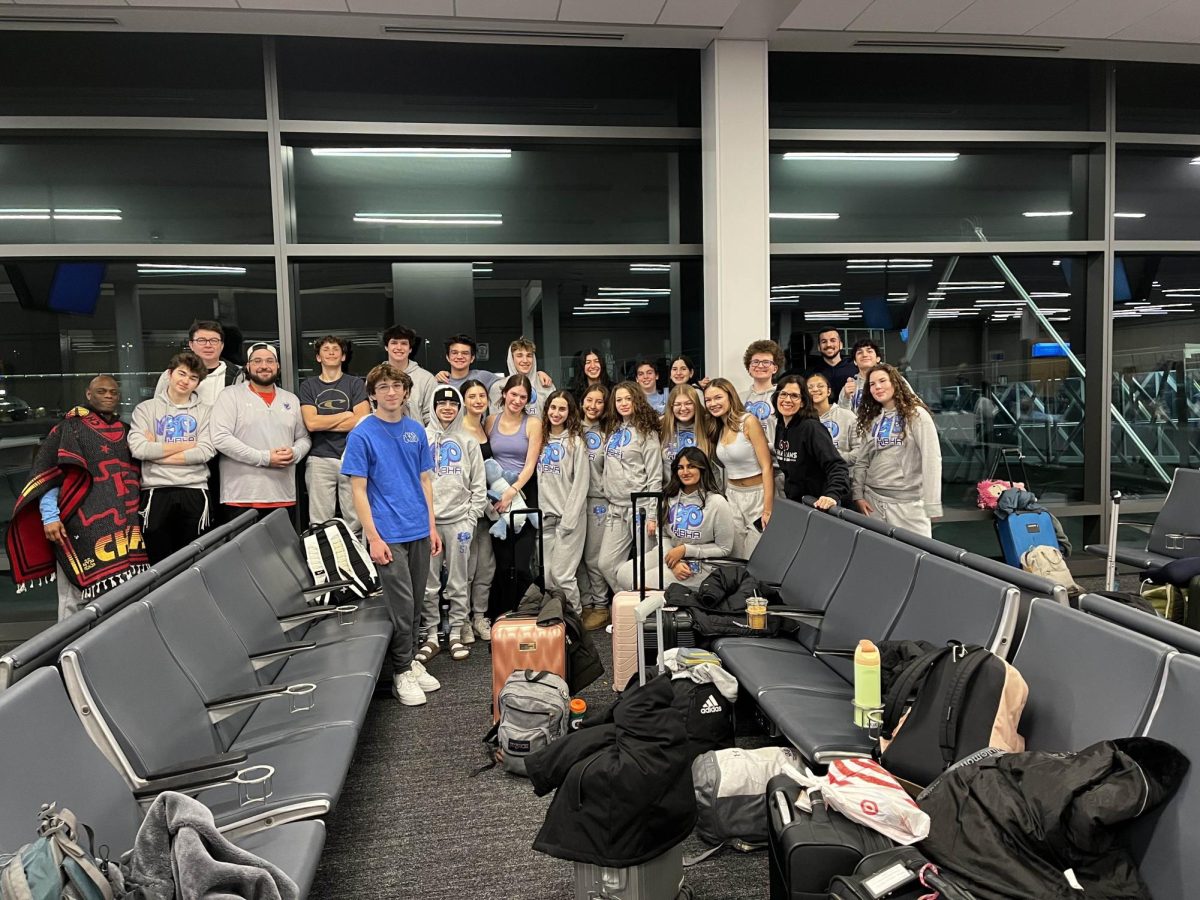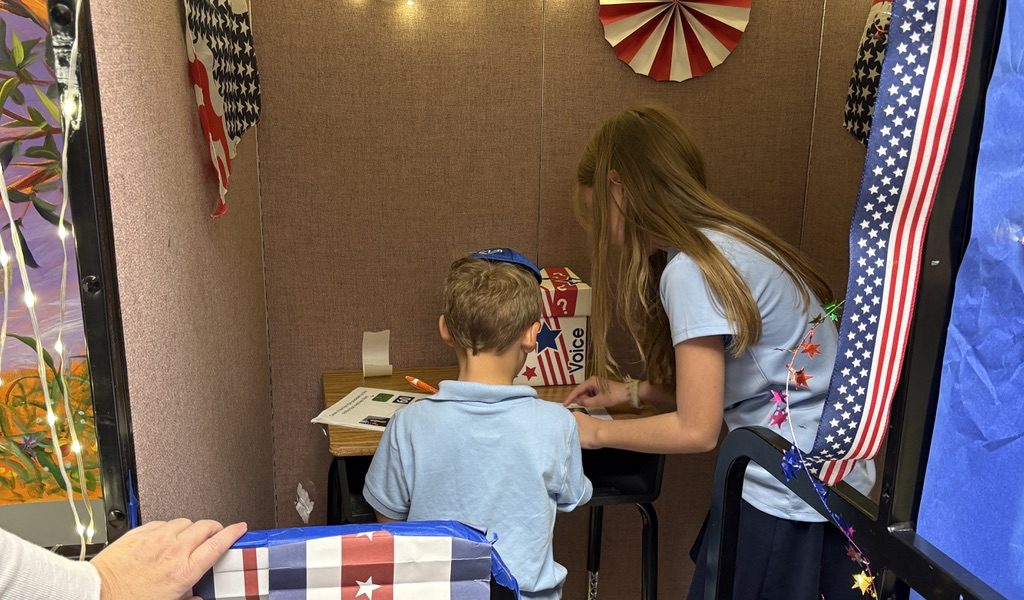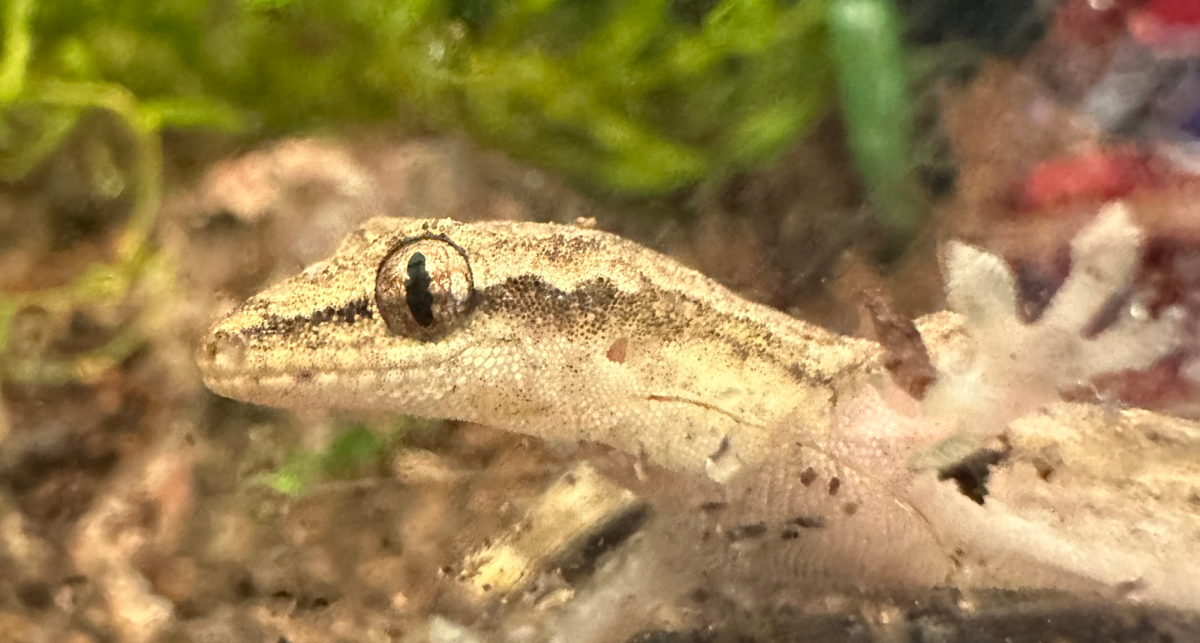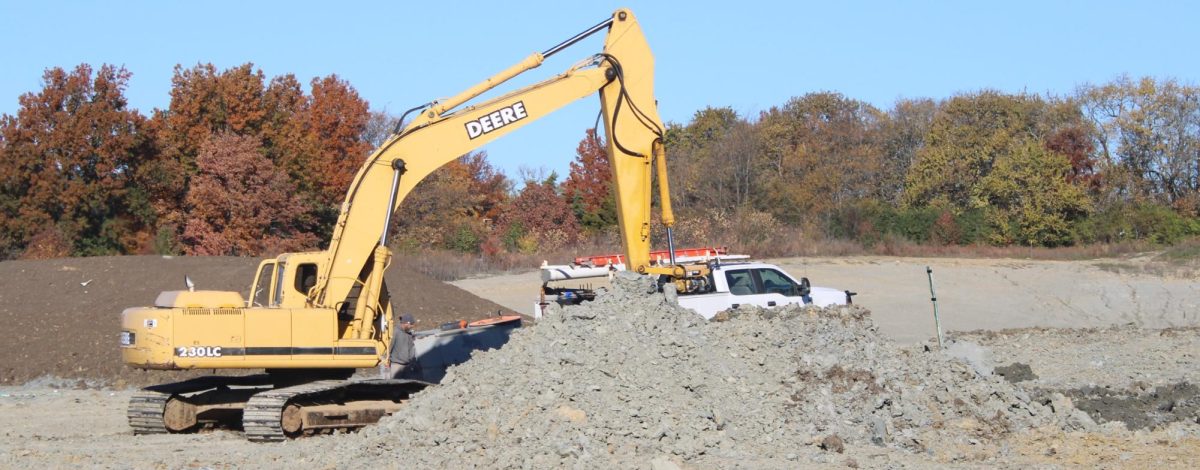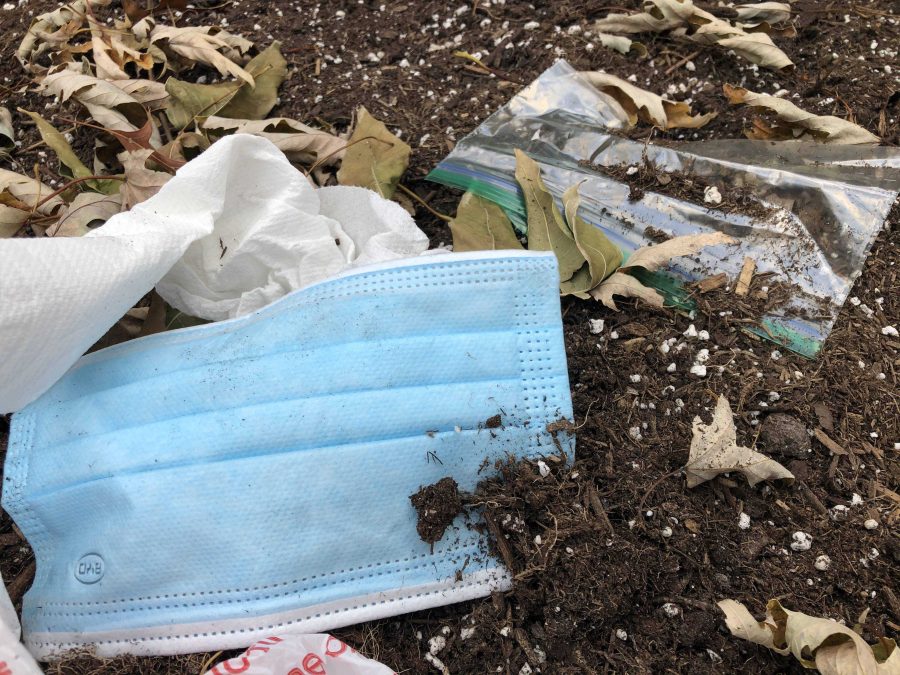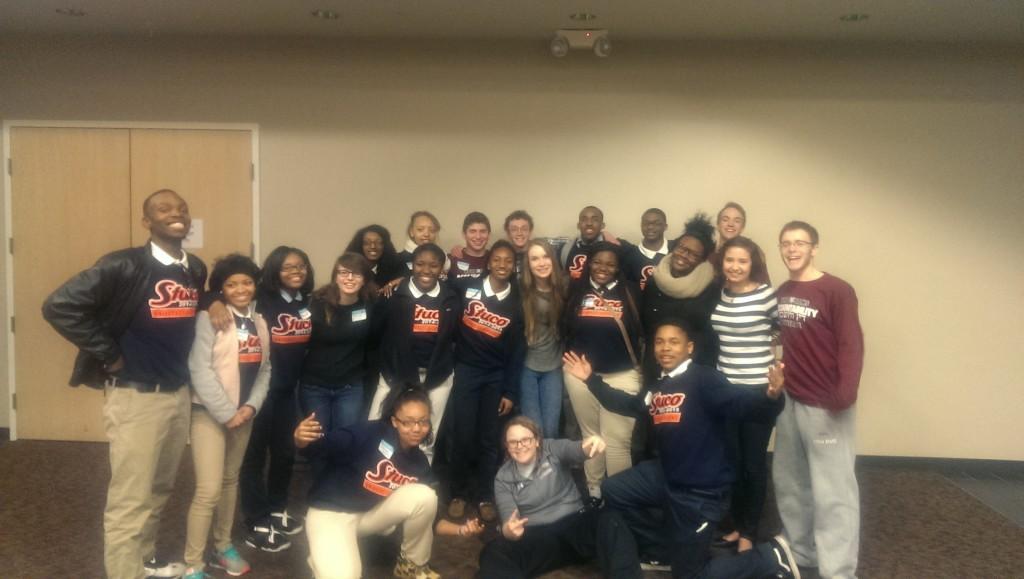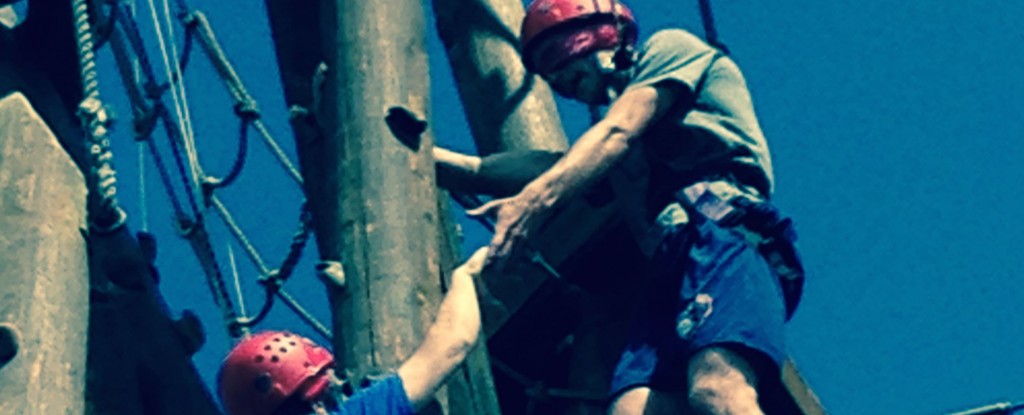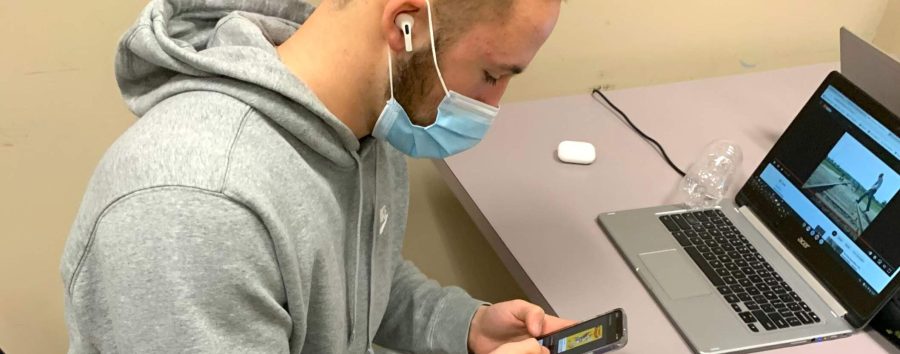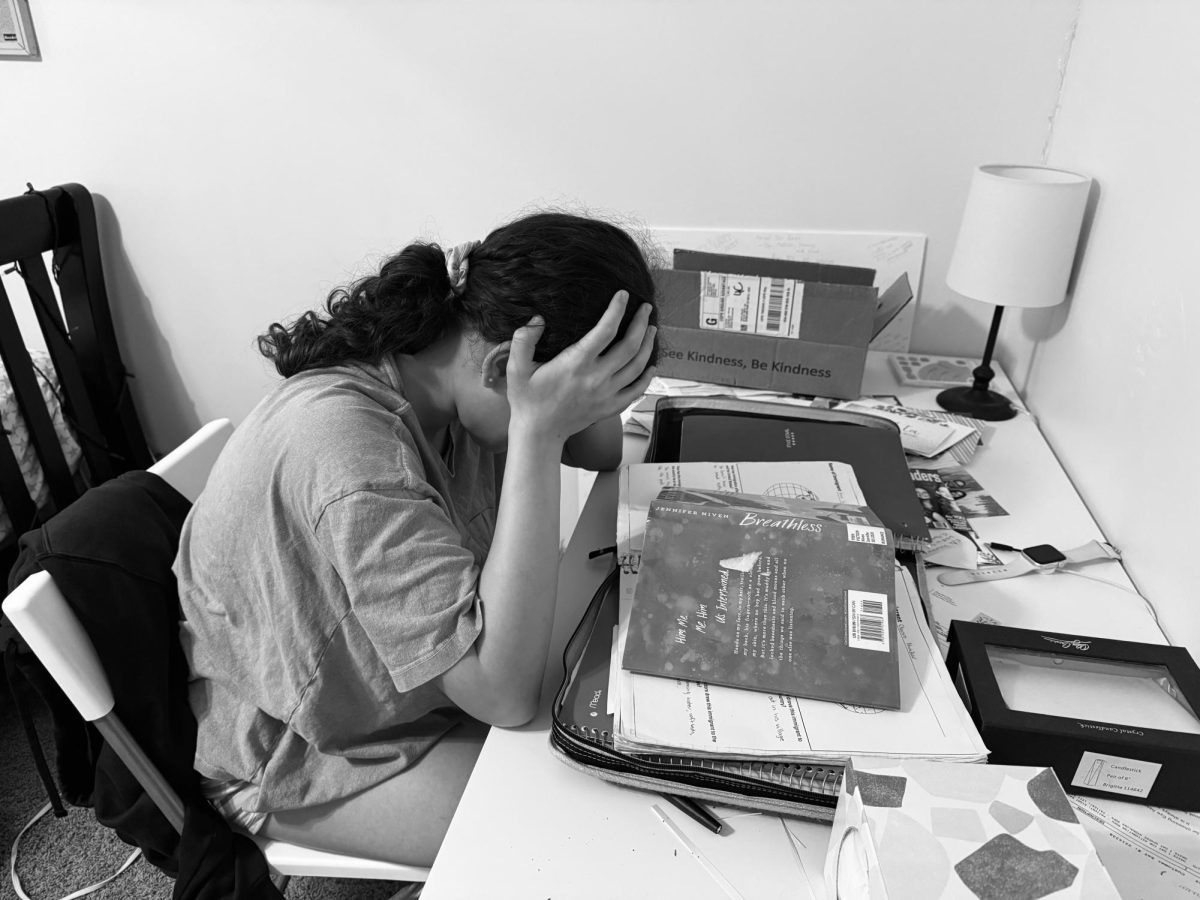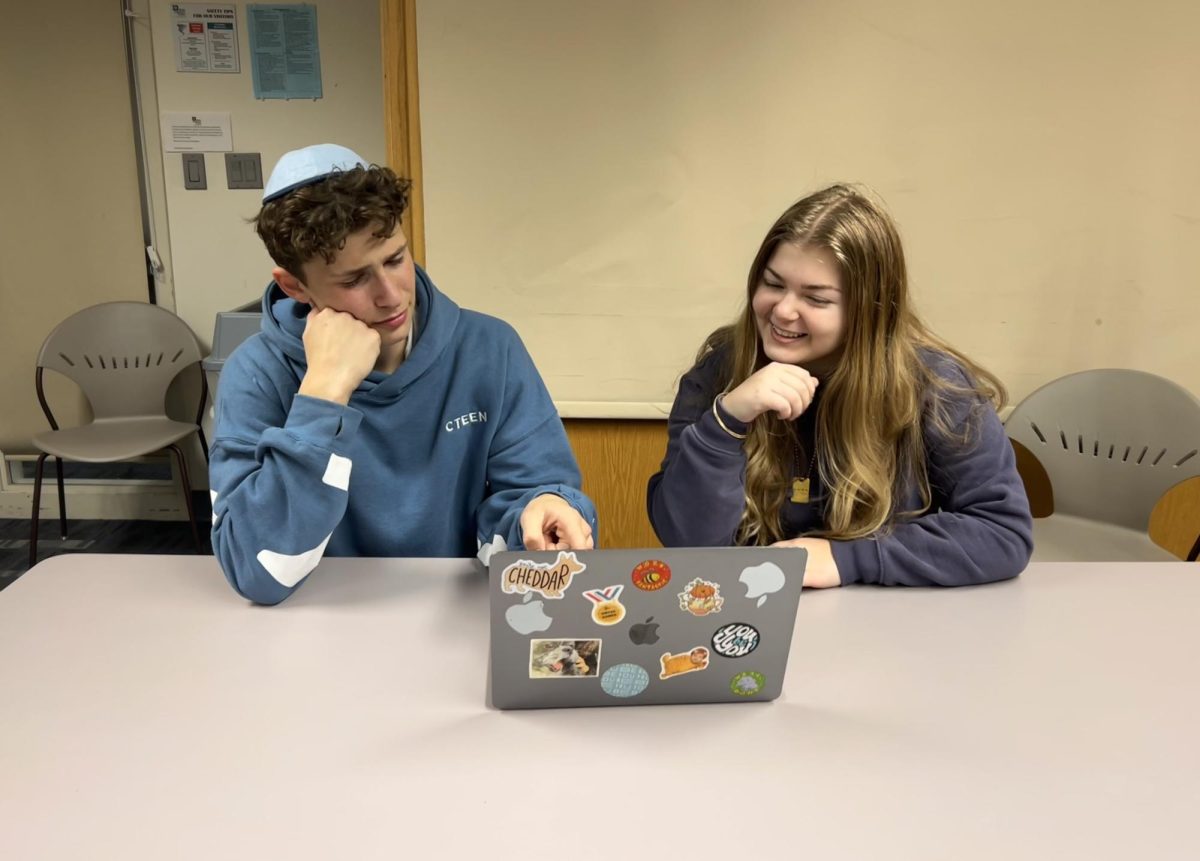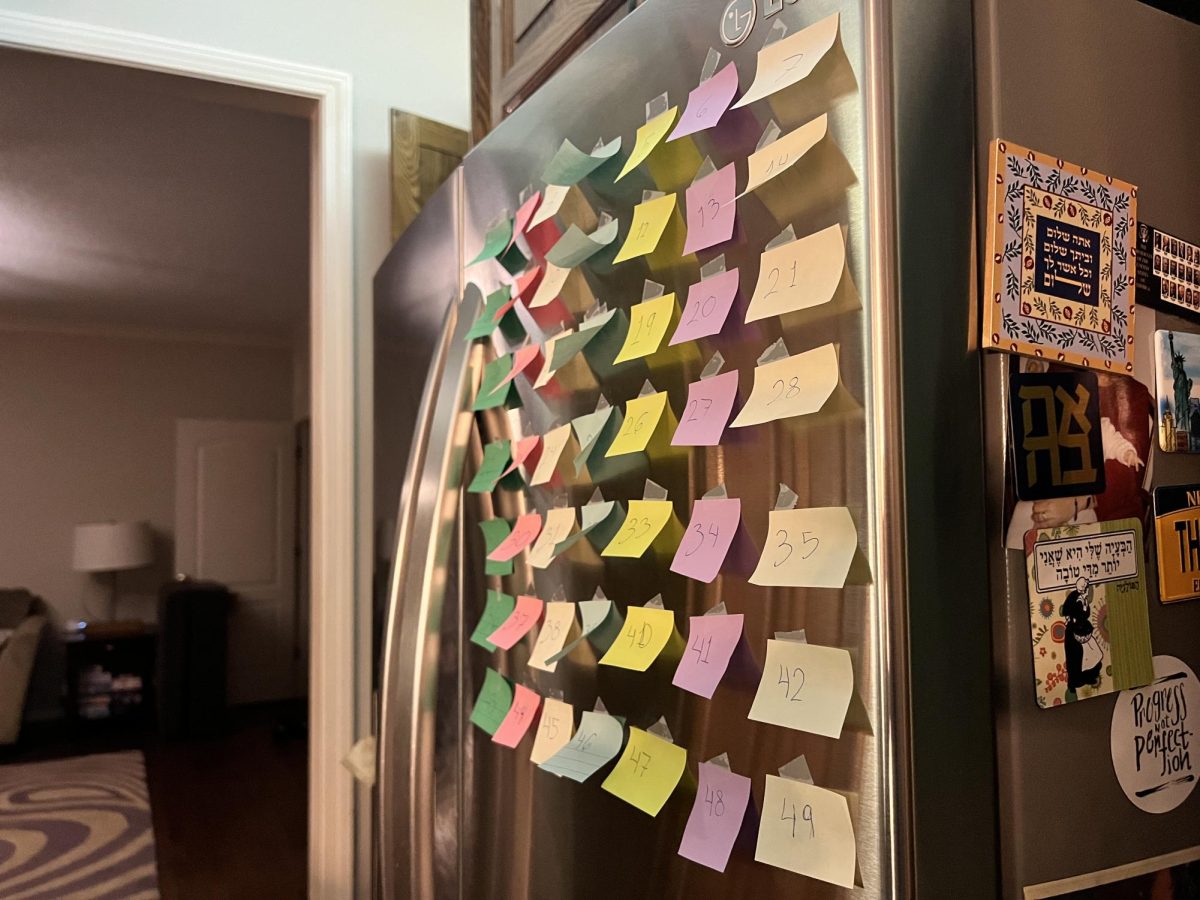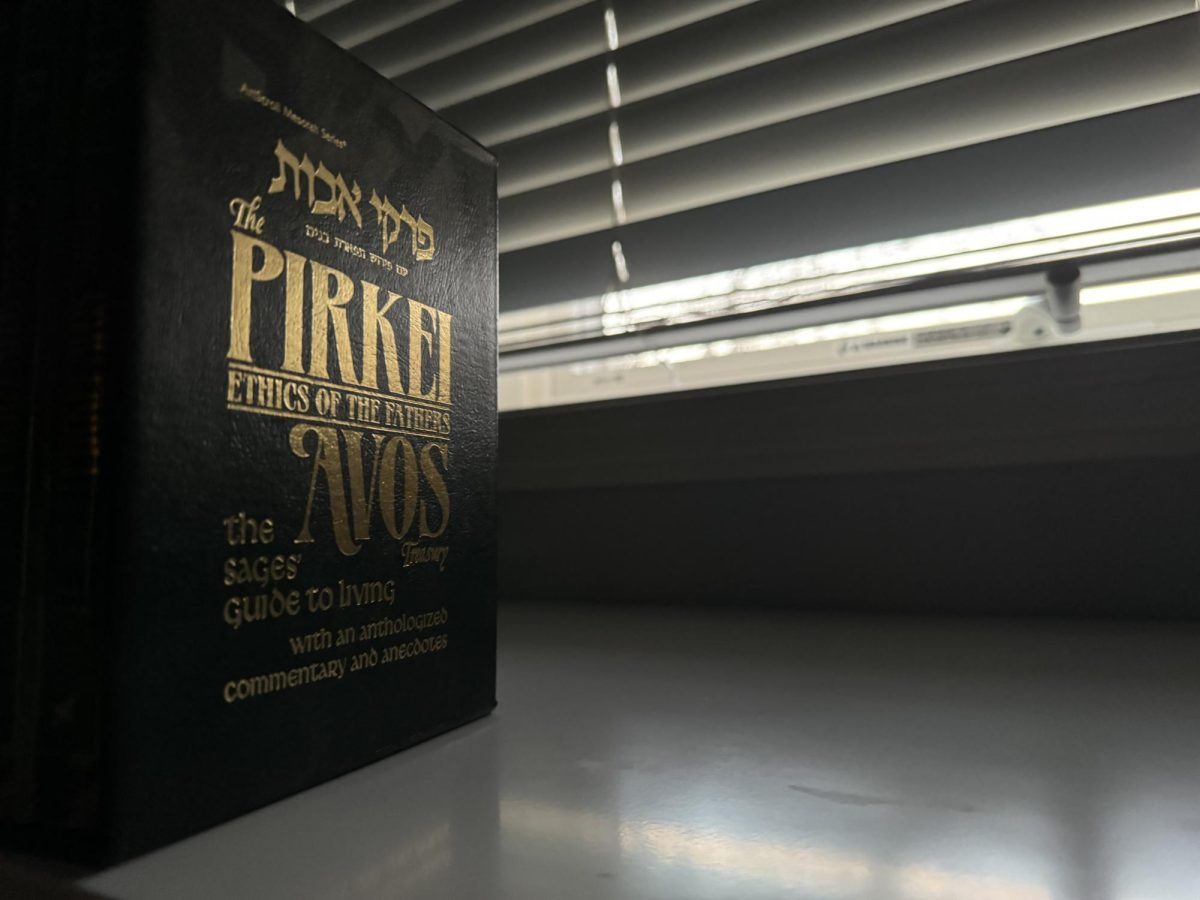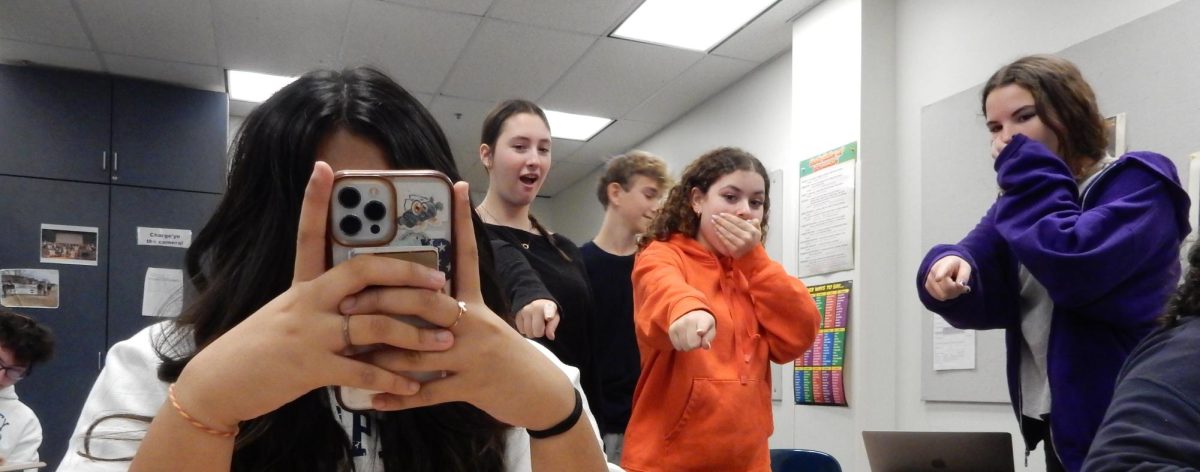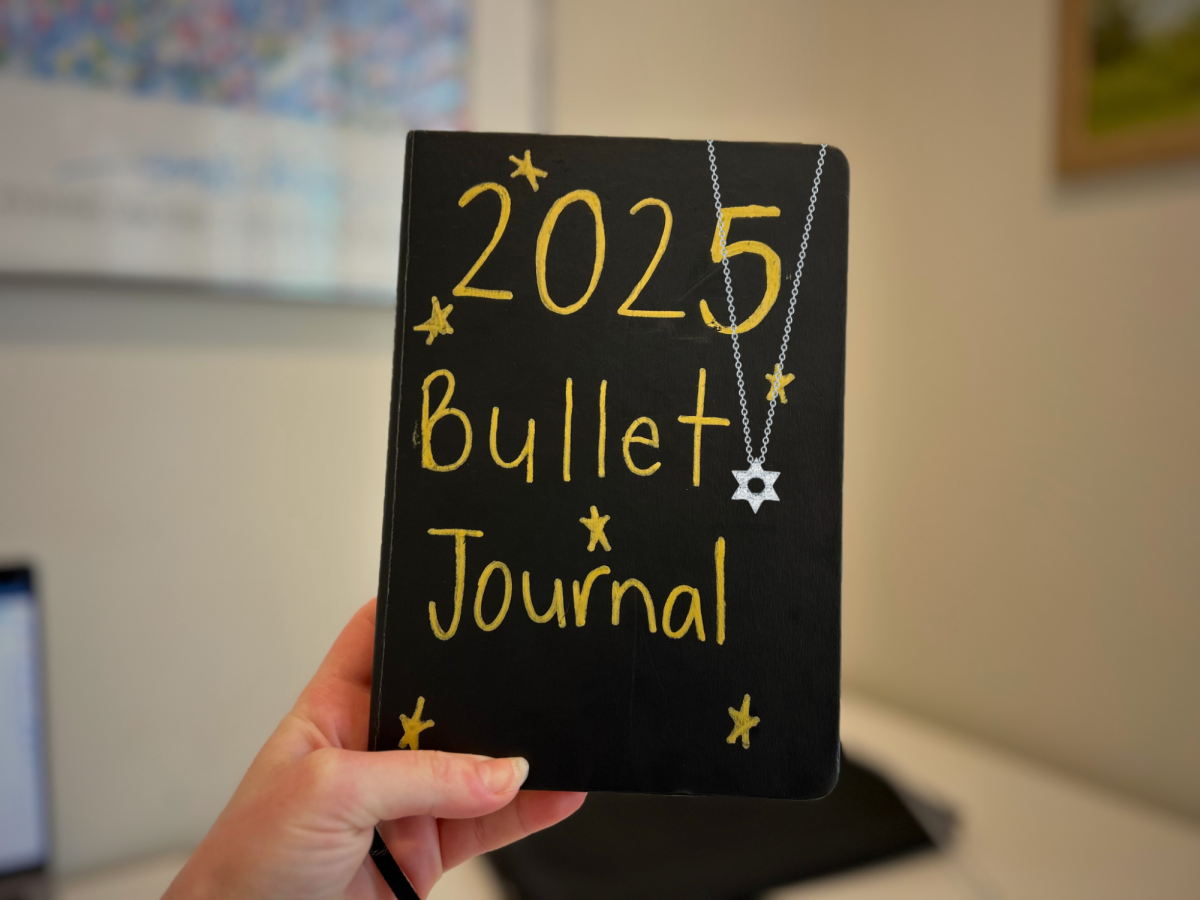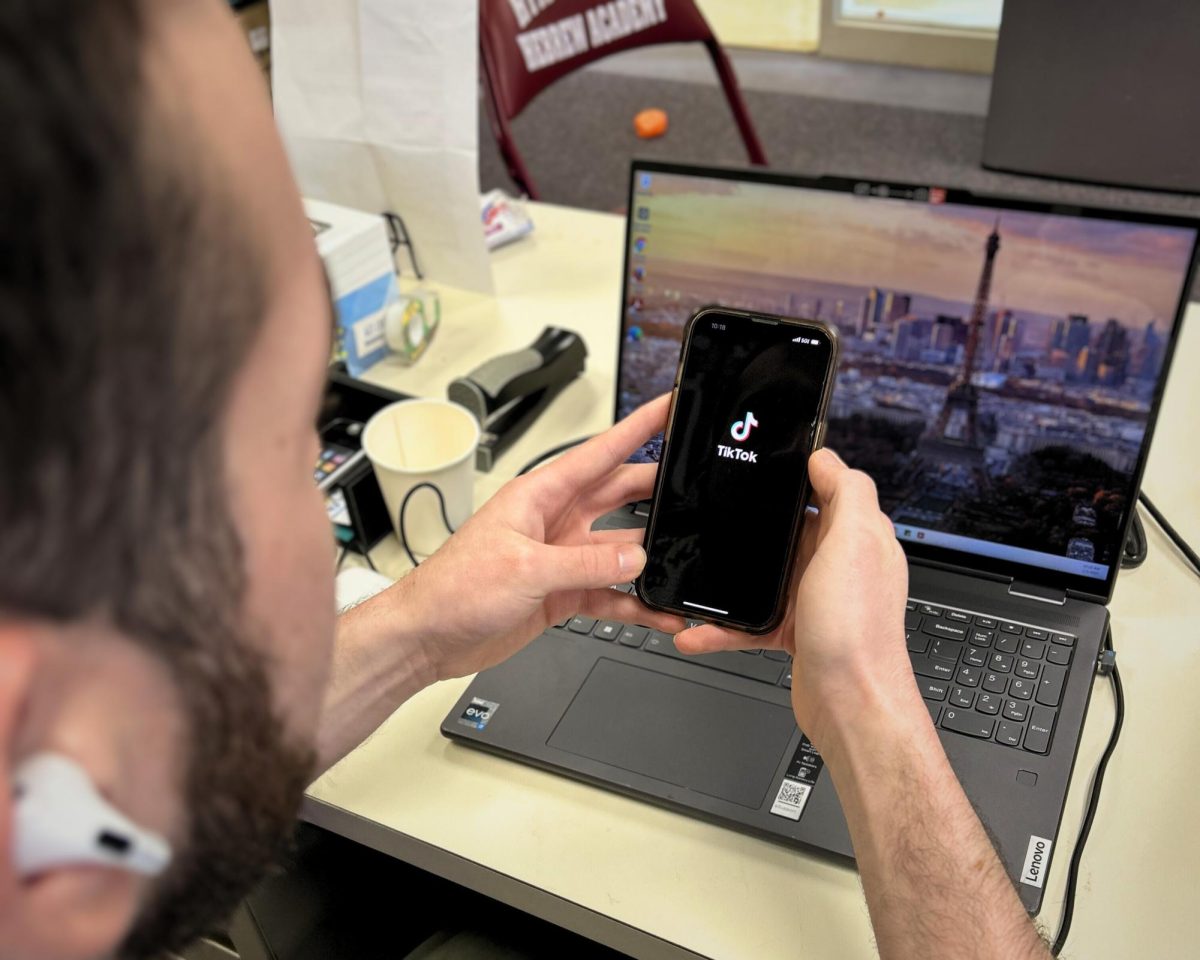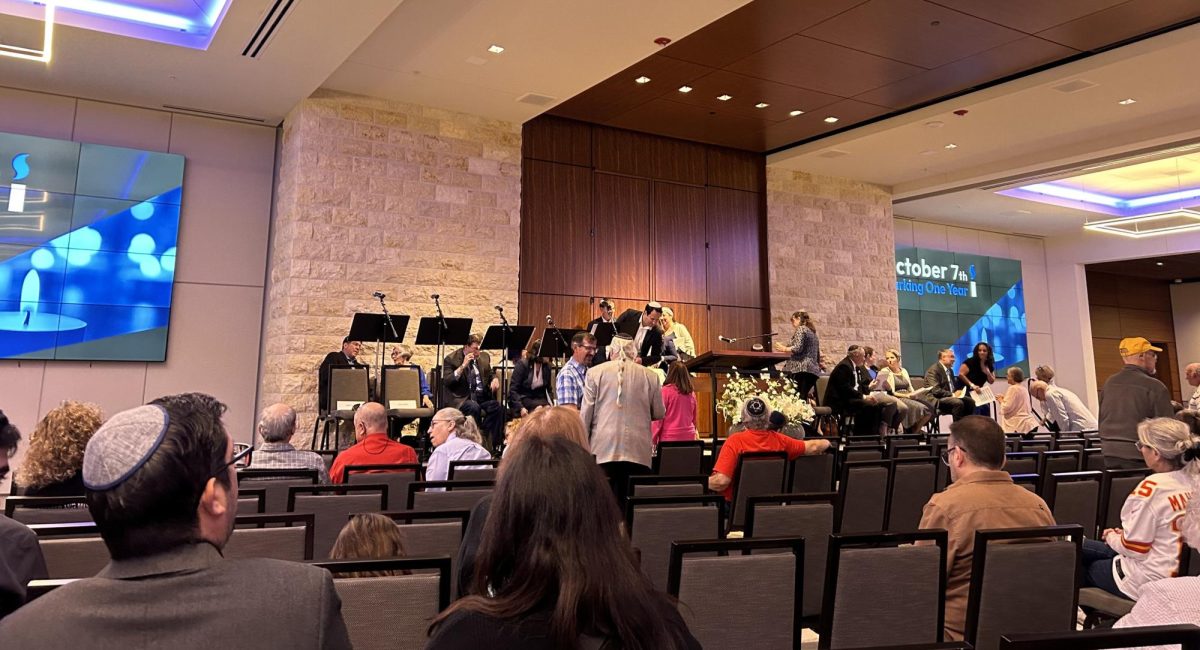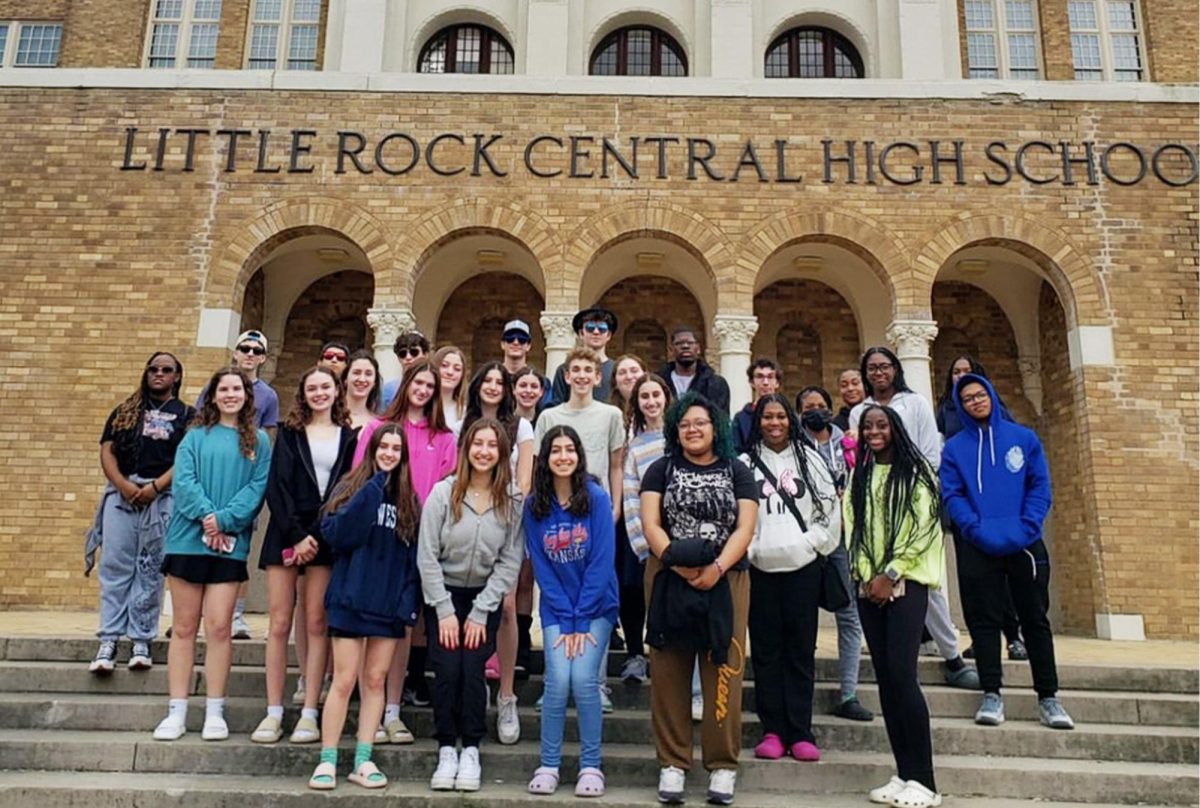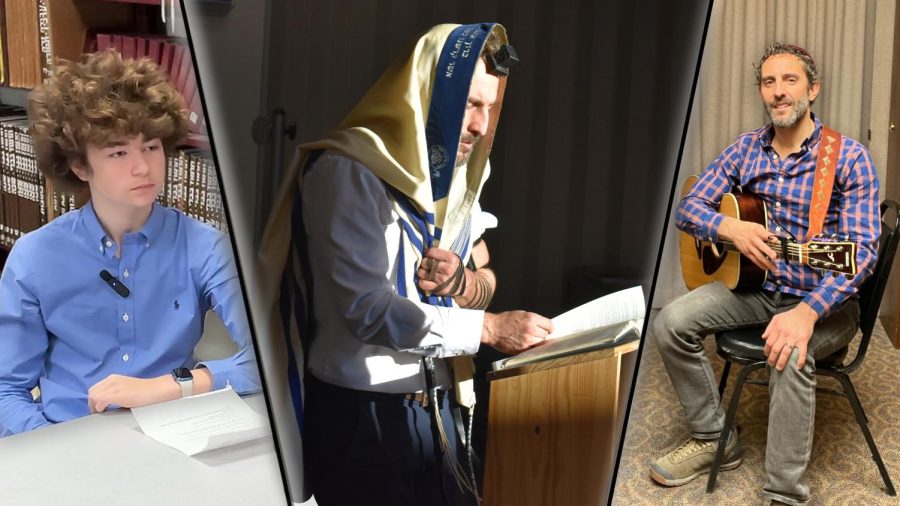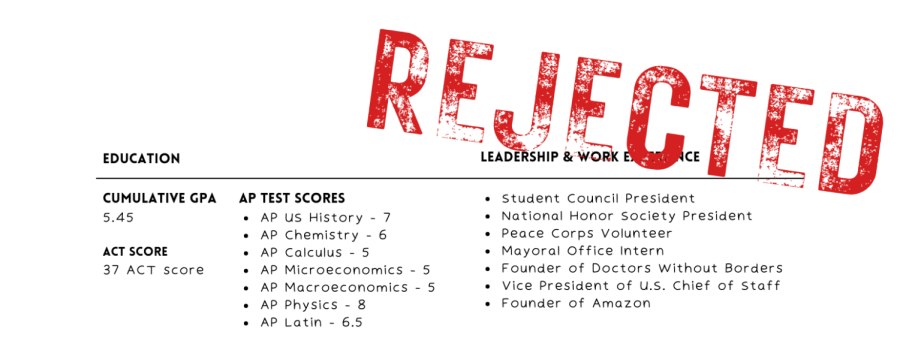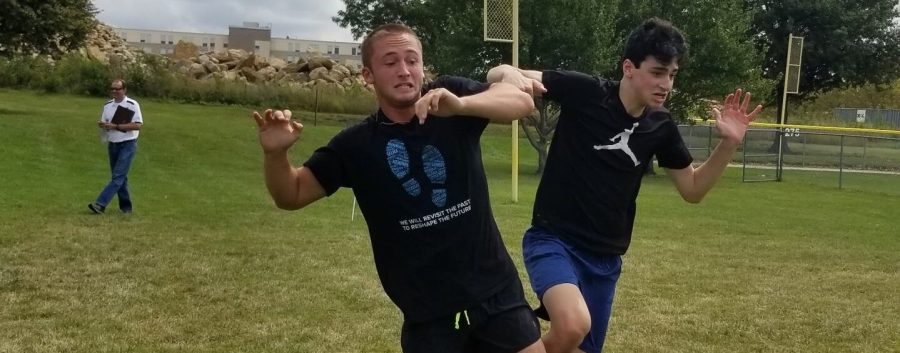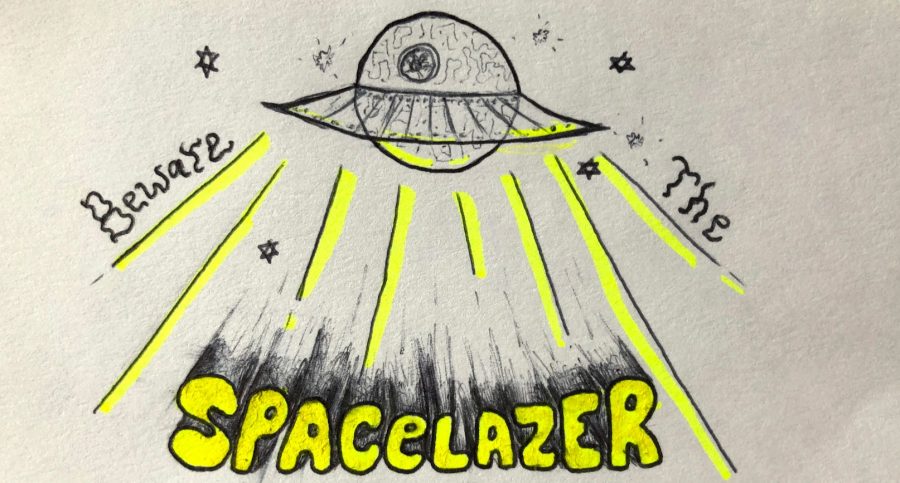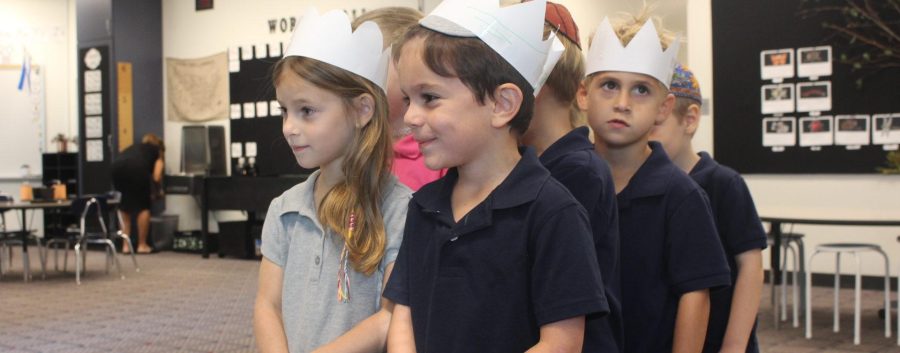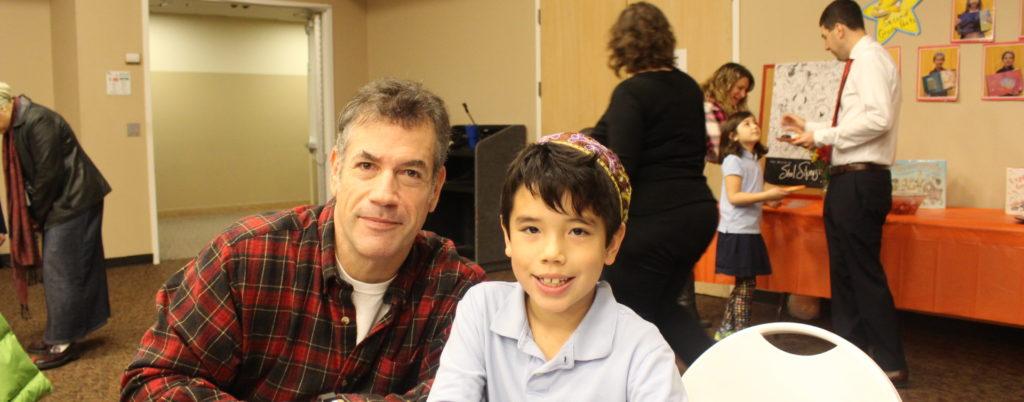Slider photo by Ayelet Schuster.
Throughout the school year, numerous articles seem to magically show up on rampagewired.com. These articles are thoughtfully constructed and have graphics to go along with them. But they did not start off that way. One question you might be curious about as a reader of the website is: How are the articles written? Well, I’m here to tell you the exact process of how we write our articles for Rampagewired.
Step 1: Writing a Brainstorm
The first task we are assigned for the round is coming up with an idea for an article. Each person must come to class with an idea fully thought out. This includes finding links to similar articles, writing possible headlines, writing a nutgraph (a summary of what the article is about), and listing possible sources to interview, and ideas for pictures to take.
Step 2: The Brainstorm
Once everyone has written and placed their article idea in a group Google folder, we have an in-class brainstorm to share our ideas. We go around the room sharing-out our written brainstorms and any other ideas for articles that we have generated. During this discussion, the editors-in-chief write down each of the ideas on the white board in the editorial categories of the Rampagewired. The categories include features, news, sports, Jewish life, opinion, arts and entertainment, videos, oy-veys, and Lambpage.
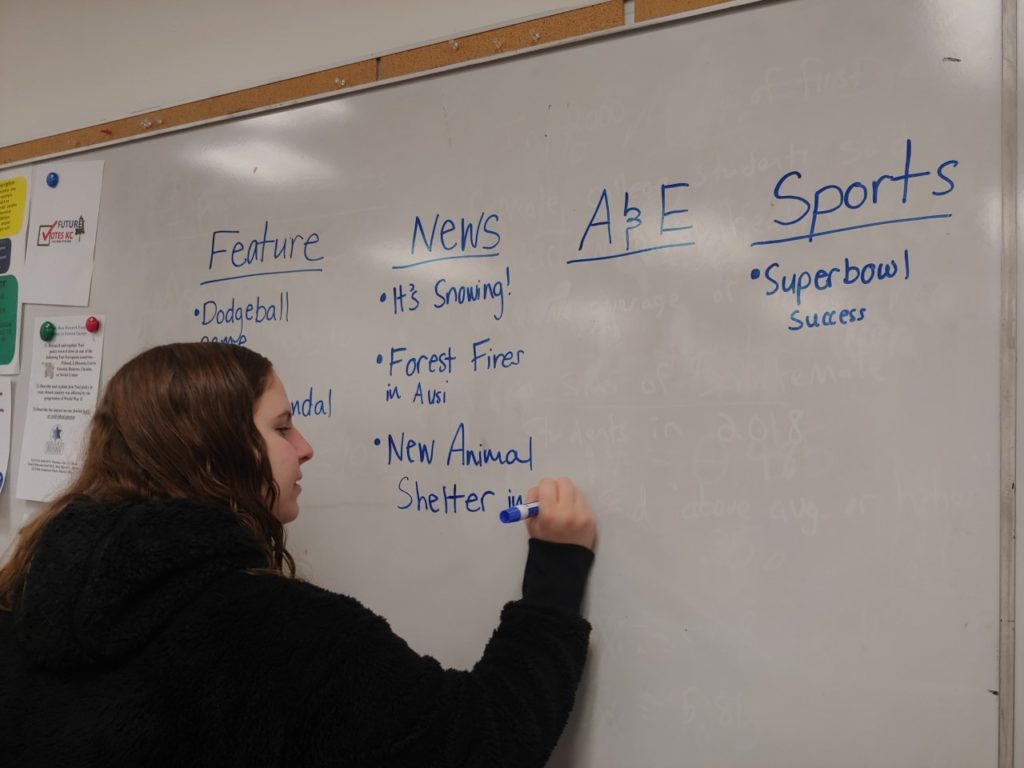
Step 3: Being Assigned an Article
After the brainstorm is complete, the writing staff completes a Google Form with the top five articles that they are interested in writing. Then the editors-in-chief and the assistant editors look at everyone’s requests and decide which article to assign to which writer.
Step 4: First Drafts
We usually have a little over a week to complete the first drafts of our articles. In order to write our articles, we need the time to contact outside sources for interviews or do research on the topic.
Step 5: Section Edits
The first round of editing is done to check whether the article is going in the right direction. Each writer is assigned to edit another person’s article. Section edits generally make suggestions on the content of the article. So this includes whether the given information is relevant, if the article is entertaining, whether the article needs more interviews, or other general suggestions.
Step 6: Second Drafts
Then the writer of the article must make edits to their article based on the suggestions that were made during section edits.
Step 7: Pictures
Along with writing the article, each person must have three pictures to post on the Rampagewired and on its social media platforms, Facebook, Twitter, and Instagram. It is preferable that the writer takes their own original pictures to with the article, but for certain news articles, copyright-free pictures are utilized from the internet.
Step 8: Associated Press (AP) Edits
Similarly to section edits, for AP edits, each writing staff member is assigned to another authro’s article to edit. This round of editing is focused on grammar, punctuation, the Rampagewired stylesheet, and Associated Press style. AP style, is the writing guidelines for newspapers which includes abbreviations for states, numbers, dates, times, and other specific requirements.
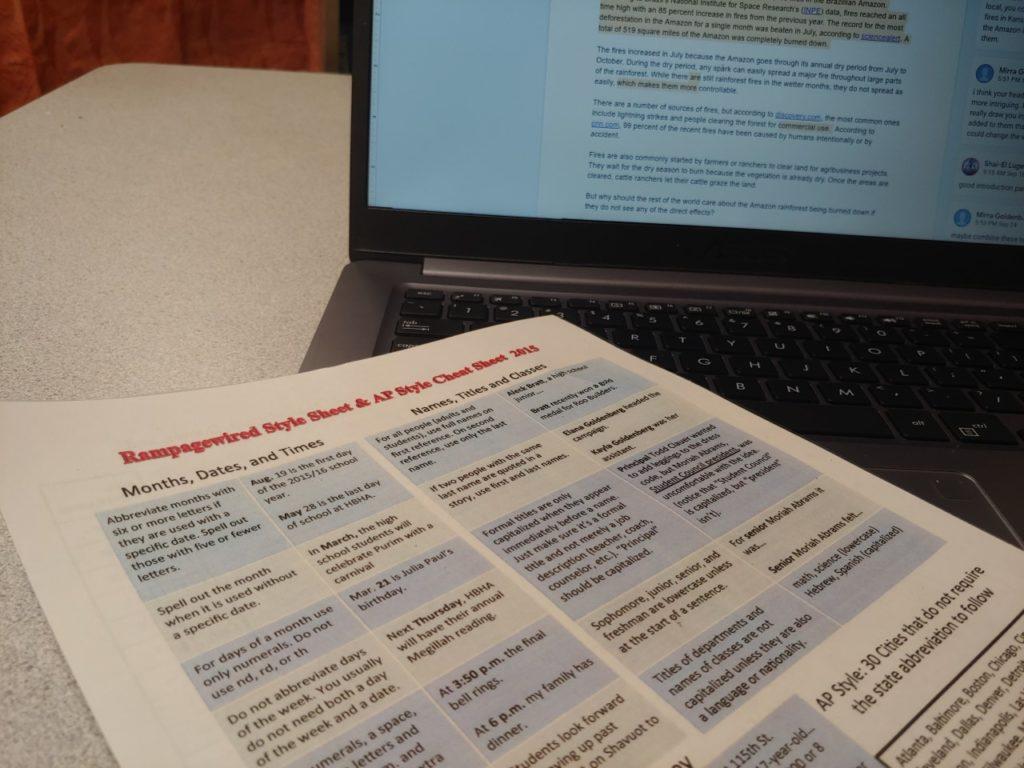
Step 9: Third Drafts
The writer of the article then makes all of the edits to their article that are suggested during AP edits.
Step 10: Editors-in-Chief Make Edits
After all of the AP edits are complete, each article is edited by one of the editors-in-chief or assistant editors, who are in-training for the EiC position. They look for both content edits and AP edits.
Step 11: Final Approval
After all of the changes are made that the editors suggest, the article is sent to R Gina Renee, adviser to the Rampagewired. She reads over the article to catch any final edits and approves it to go on the website.
Step 12: Posting
After the article has been approved, the editors can post it on rampagewired.com for anyone to read. The article is also posted on Instagram, Twitter, and Facebook so our social media followers can be notified about the new article. Every article written by HBHA Rampagewired authors is continuously linked through to their personal staff webpage, so there is always a record of everything a student writes for the publication.
Step 13: Awards
At the end of each round, Renee gives out awards for the best photo taken for an article and the best editor for the round. For the best photo award, she chooses the top three pictures and has a number of school faculty vote on which one they think is best.
Each year we have five or six rounds of articles written, depending on whether it is a year where the upper school goes on trips. For every round, each student in the class either writes an article or makes a video for the Rampagewired. So now when you read the next Rampage article, you will be able to envision all the steps involved to keep the publication fresh and current while informing the HBHA community of all the doings on campus.



